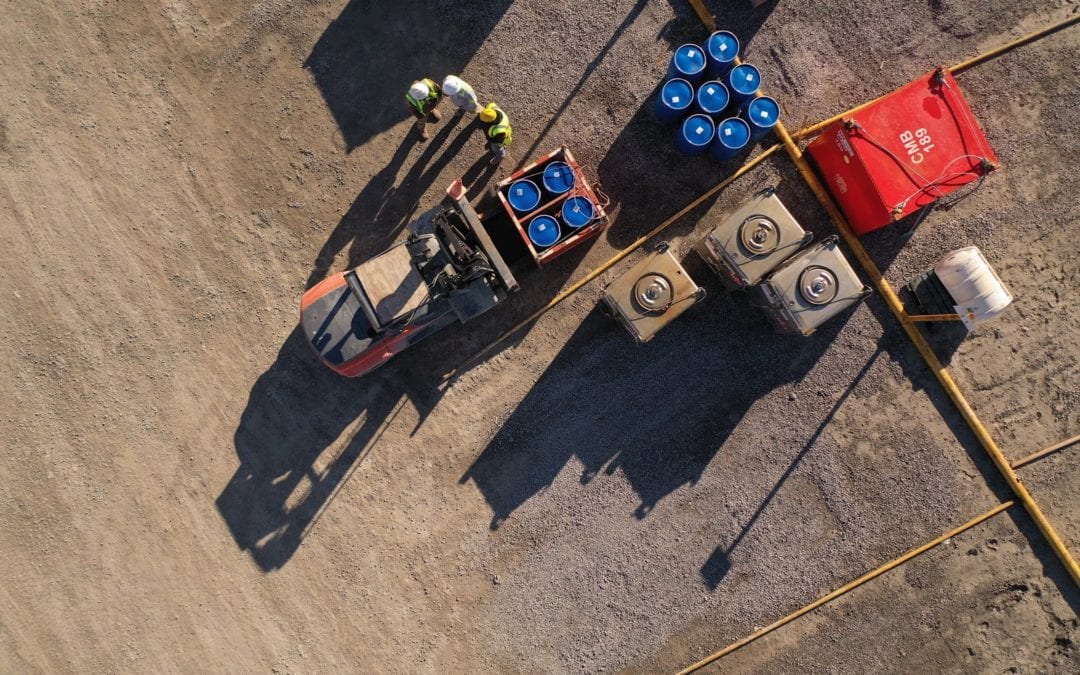The concept of productivity is relatively simple—it’s just a ratio that compares volume of input to output. Businesses invest money, time and other resources as input so they can provide goods or services as output. Therefore, a company’s productivity is a measure of how efficiently it converts invested resources into value for its clients or customers. Ultimately, it’s a function of every variable in an organization, including employees, policies and workplace culture.
Business leaders face hundreds of choices that impact overall productivity, but several of the most important decisions revolve around workplace safety. The energy and natural resource industries are among the most tightly regulated in the United States due to the high-risk nature of their operations. This means that company leaders need to understand the essentials of long-term productivity and how OSHA requirements or other safety regulations can impact their growth.
Looking Past the Cost of Compliance
Whether companies are compelled to adapt their workplace or policies to meet safety standards or take the initiative to create a healthier culture, there is always some initial expense. Making real change on an institutional level takes time, training and patience. There is likely to be a short-term loss of productivity during significant transitions on top of the costs of equipment modifications or environment renovations.
While there’s no doubt that creating a creating a culture of safety in the workplace comes with a cost, this upfront expense can yield dividends of a different kind. Safety measures that reduce serious injuries and fatalities improve employee attitude and trust, which is absolutely vital for long-term cultural development. Improvements in loyalty, morale and team cohesion are difficult to quantify, but they do have an undeniable impact on long-term success.
Does the Job Fit?
Deaths and serious injuries often take center stage in any discussion about occupational health and safety, but they are far from the only factor. In fact, general “wear and tear” from occupational responsibilities can lead to ongoing deterioration of employee health. Standing in confined spaces that encourage poor posture or performing demanding tasks without support equipment are just two examples of how occupational pressure can take its toll on a human body over time.
Musculoskeletal disorders (MSDs) and fatigue are both serious occupational hazards in any physically demanding environment. Employees who are ill-equipped or untrained are at a much higher risk of hurting themselves at work, but environmental and institutional forces are often to blame as well. Establishing ergonomic policies that help identify and prevent this kind of attrition on worker health can lead to huge quality of life improvements, which cut down on work-related injuries and improves the company’s overall productivity.
Building a Productive Culture and Reputation
Few companies have a perfect reputation or internal culture, but there are plenty of benefits for those who strive for this goal. Even though businesses can experience shifts or lapses in productivity during periods of change, they can also fuel future growth by leveraging safety initiatives to build a stronger culture and public reputation. Employers who are responsible and caring towards their workforce can build a positive brand image that people can trust.Providing comprehensive safety solutions is one of the main ways that EPS creates value for our clients. Compliance is always an objective, but we also look for ways to do even more to improve worker health and long-term productivity. We help our clients communicate, think critically and develop strategic solutions to address the specific issues or factors impacting their work sites. Contact us today for more information.

